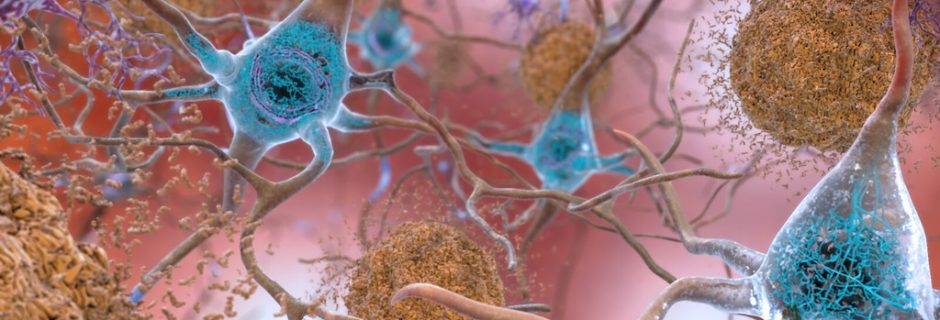Alzheimer’s disease is the most common cause of dementia and it is characterized by a neuroaxonal and synaptic degeneration that is accompanied by intraneuronal neurofibrillary tangles and the accumulation of extracellular plaques in specific brain regions. These features are reflected in the AD cerebrospinal fluid (CSF) by decreased concentrations of β(beta)-amyloid. β-amyloid is produced by the proteolytic cleavage of amyloid precursor protein, which is a large transmembrane protein that appears to be involved in synaptic plasticity and learning. The cleavage of this protein generates varying lengths of β-amyloid peptides (38–43 amino acids) that accumulate in the extracellular space to form extracellular plaques. Of these peptides, β-amyloid 1–42 (Aβ42) is the major form that is associated with AD.

